
What Temperature is Merino Wool Good For?
Merino wool has a reputation as one of the most versatile natural fibres on the planet. Lightweight, breathable, and incredibly insulating, it adapts to a wide range of conditions, making it a year-round fabric.
But what temperatures does Merino wool really work best in?
The temperature regulating properties of Merino
Unlike synthetic fabrics, Merino wool fibres are naturally crimped and porous. This structure helps to:
- Trap warm air close to your body in cold conditions.
- Allow excess heat and moisture to escape when you warm up.
- Absorb sweat vapour and release it into the air, keeping you dry and comfortable.
This means Merino adapts to your body temperature, so it’s comfortable across a much wider range than cotton or polyester.
Ideal temperature ranges for Merino Wool
While everyone’s comfort levels differ, here’s a general guide to when Merino excels:
-
Below 0°C (32°F):
Heavyweight Merino base layers, jumpers, and socks keep you warm without bulk. Great for winter hikes, skiing, or icy commutes. -
0–10°C (32–50°F):
Midweight layers regulate body heat, perfect for cold-weather running, cycling, and layering under jackets. -
10–20°C (50–68°F):
Lightweight Merino excels here. It breathes well, wicks sweat, and prevents overheating during active days outdoors. -
20–30°C (68–86°F):
Ultralight Merino T-shirts and underwear are ideal. They help keep you cool, resist odour, and dry fast—perfect for summer hikes or travel. -
30°C+ (86°F+):
At extreme heat, Merino still works better than cotton thanks to its moisture-wicking and odour resistance, but many people will prefer technical blends with more airflow.
Comfort peaks from cold to warm conditions and tapers in extreme heat. X axis shows temperature from −10°C to 35°C. Y axis shows comfort from low to high.
Why Merino Wool works year-round
Merino wool isn’t about a single “best” temperature, it’s about adaptability. It keeps you warm in the cold, cool in the heat, and comfortable everywhere in between. With the right weight and layering, Merino can handle almost any season or climate.










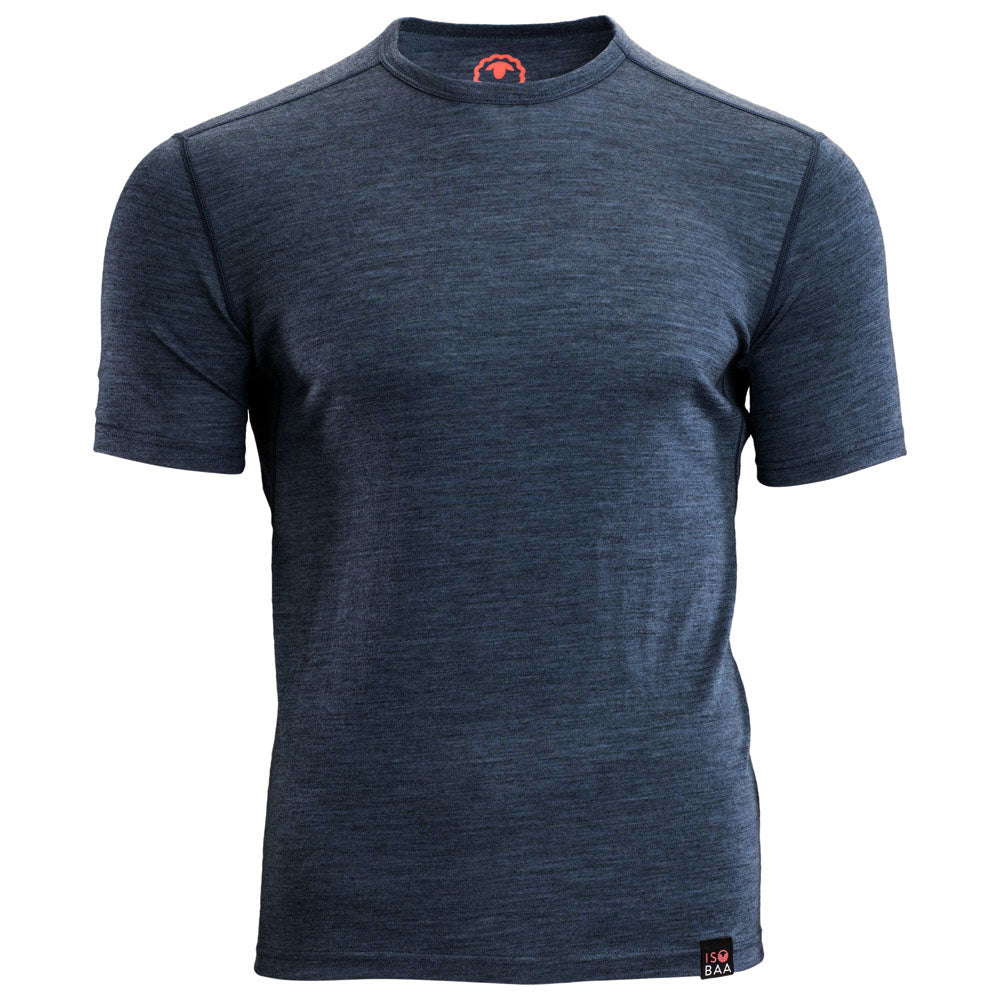

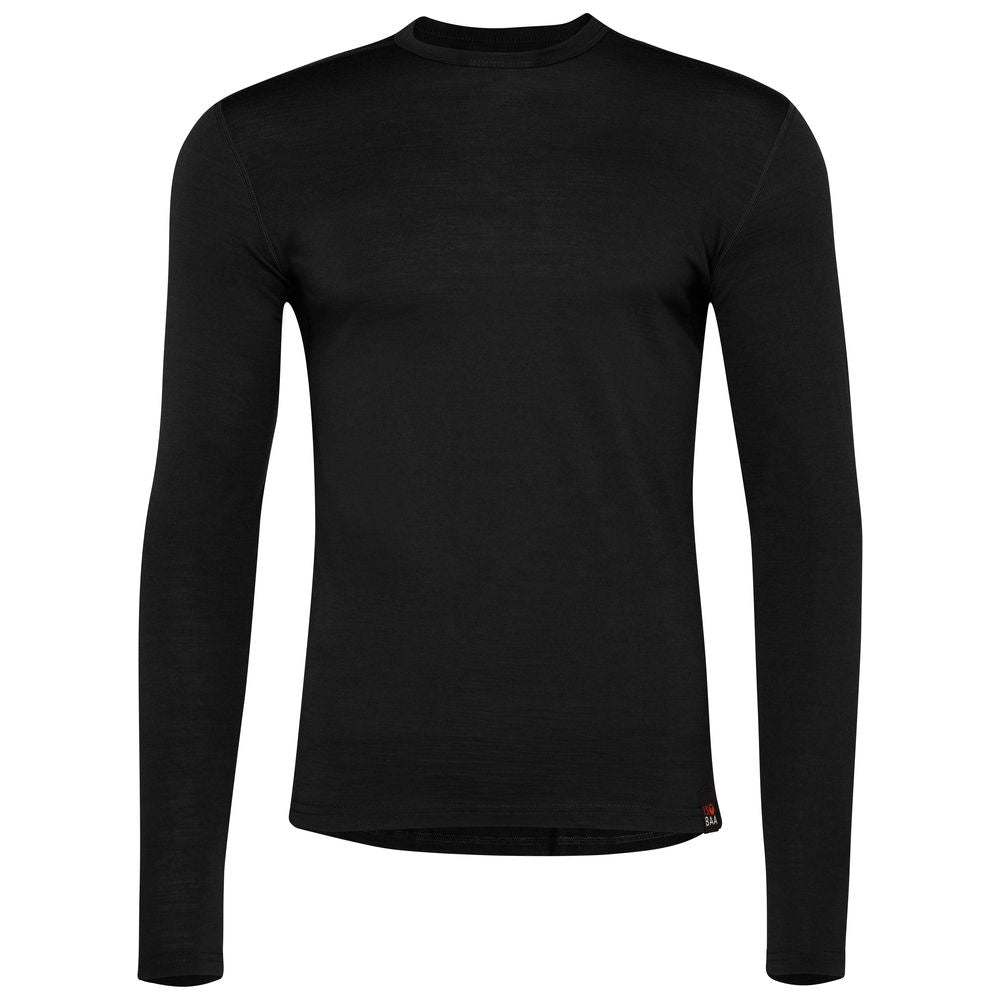

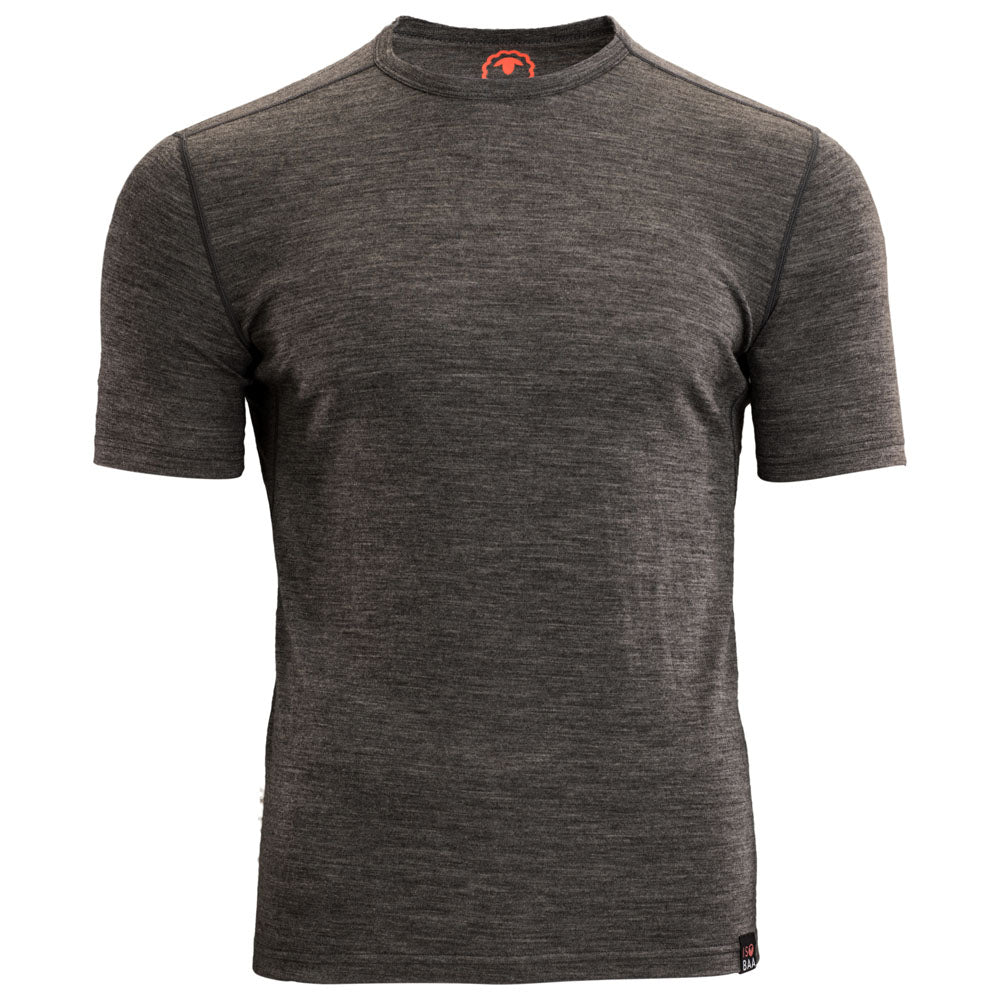

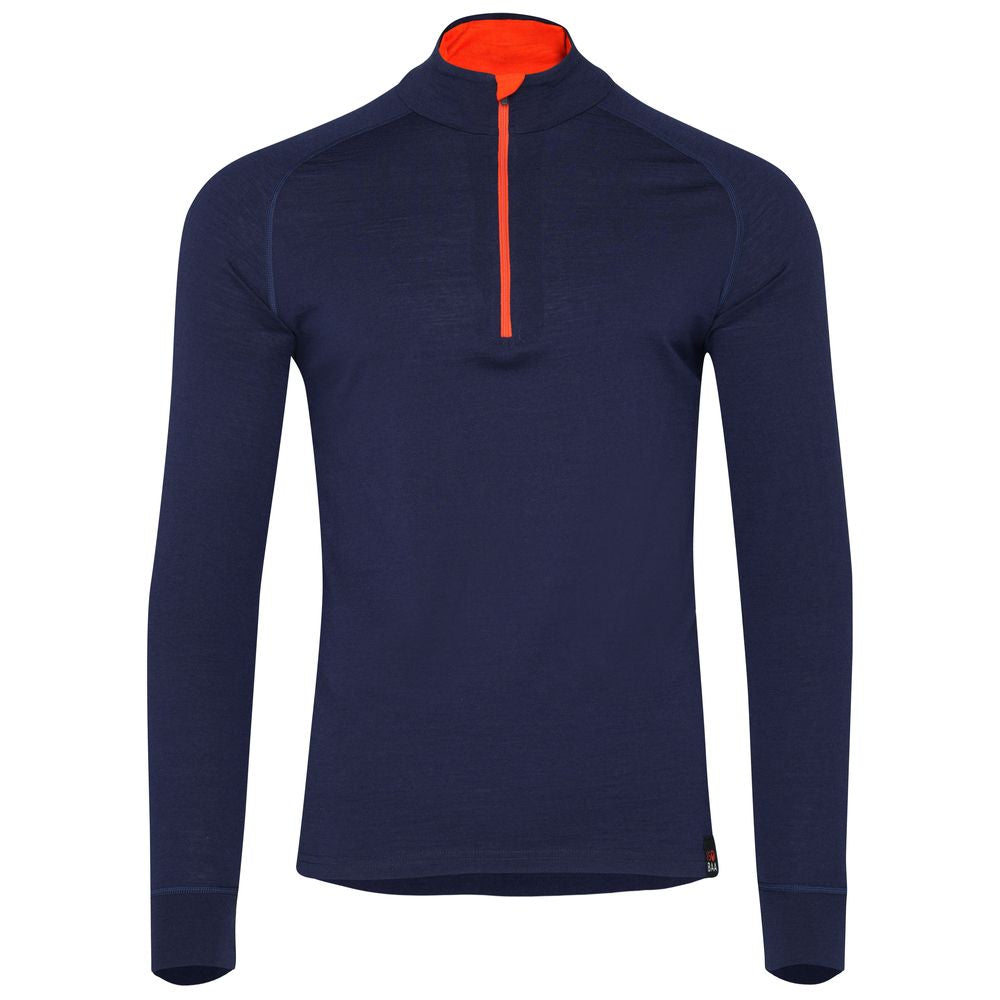

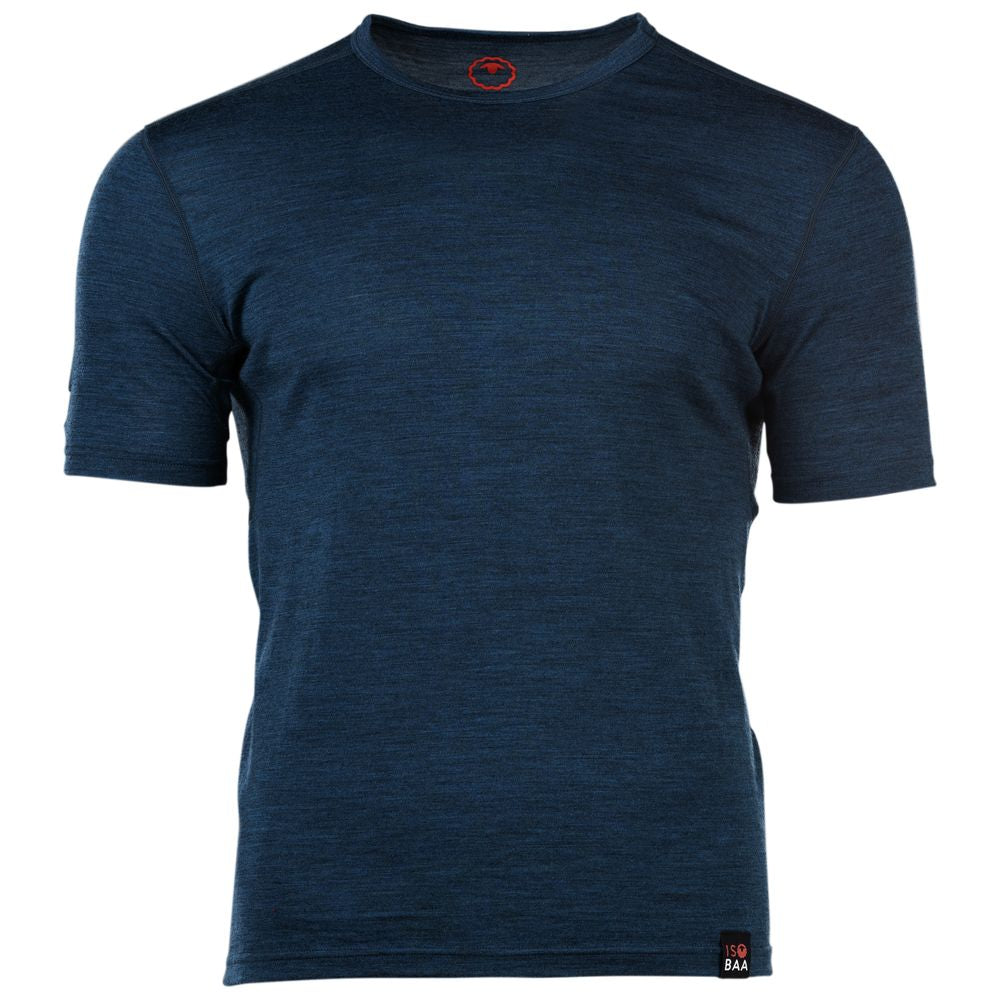

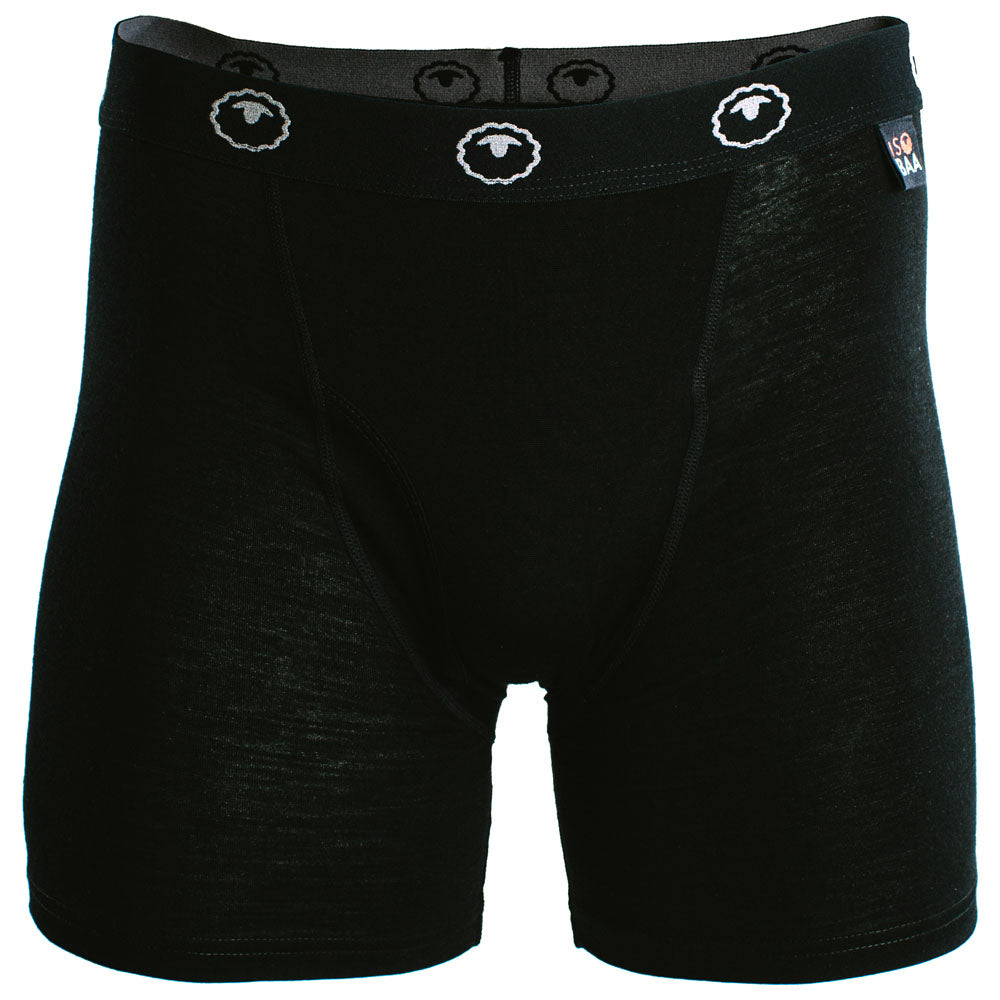

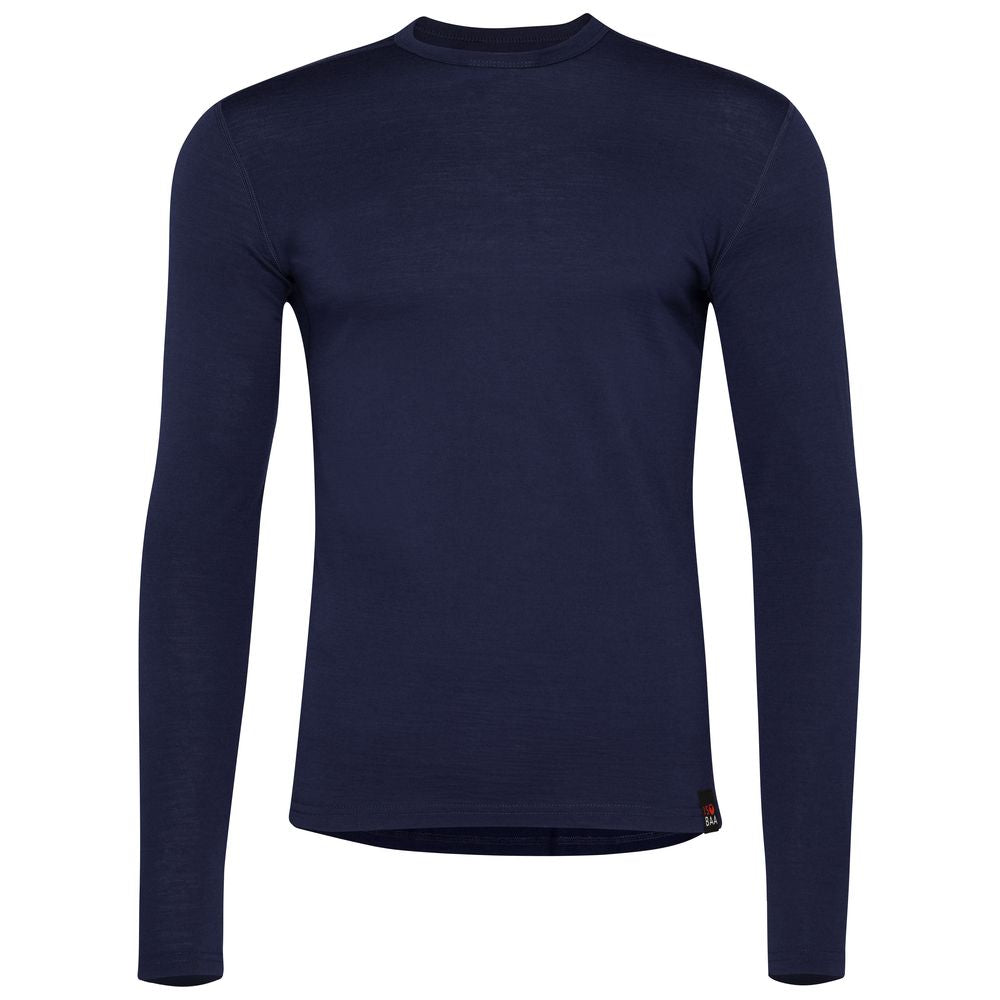

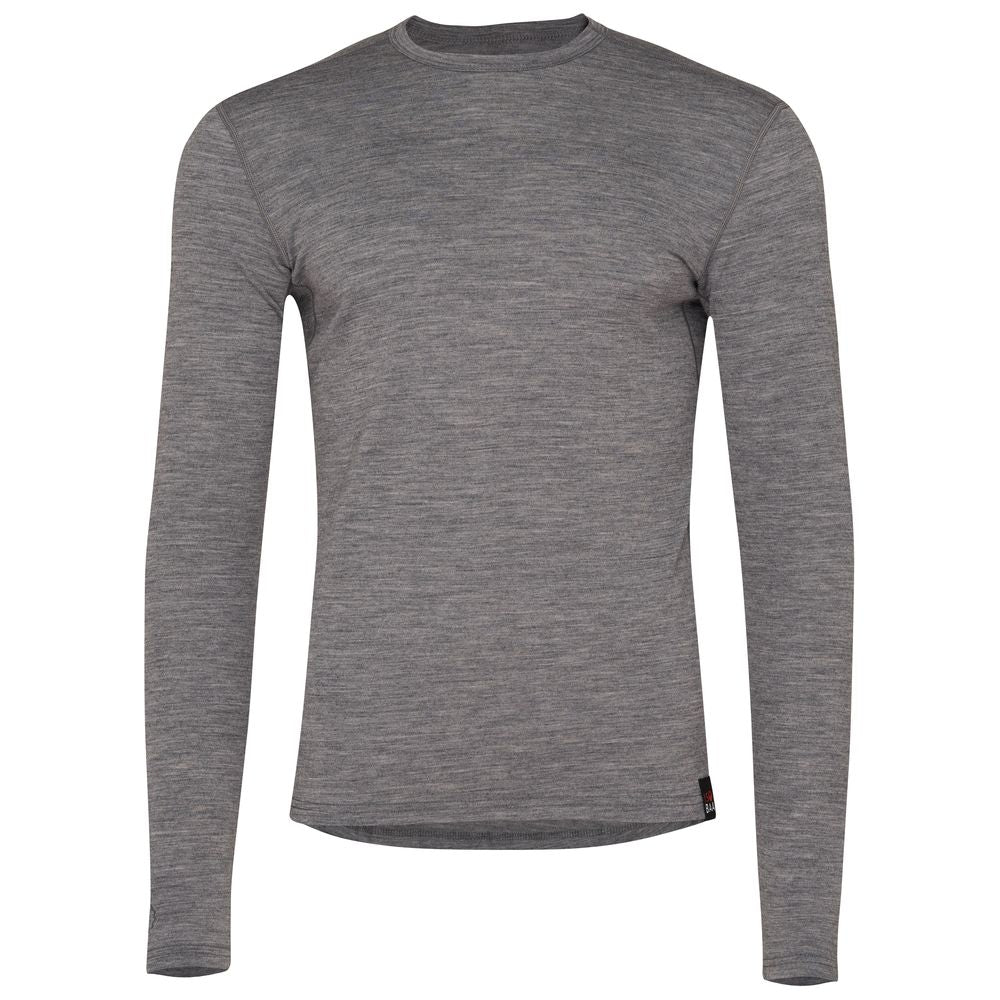





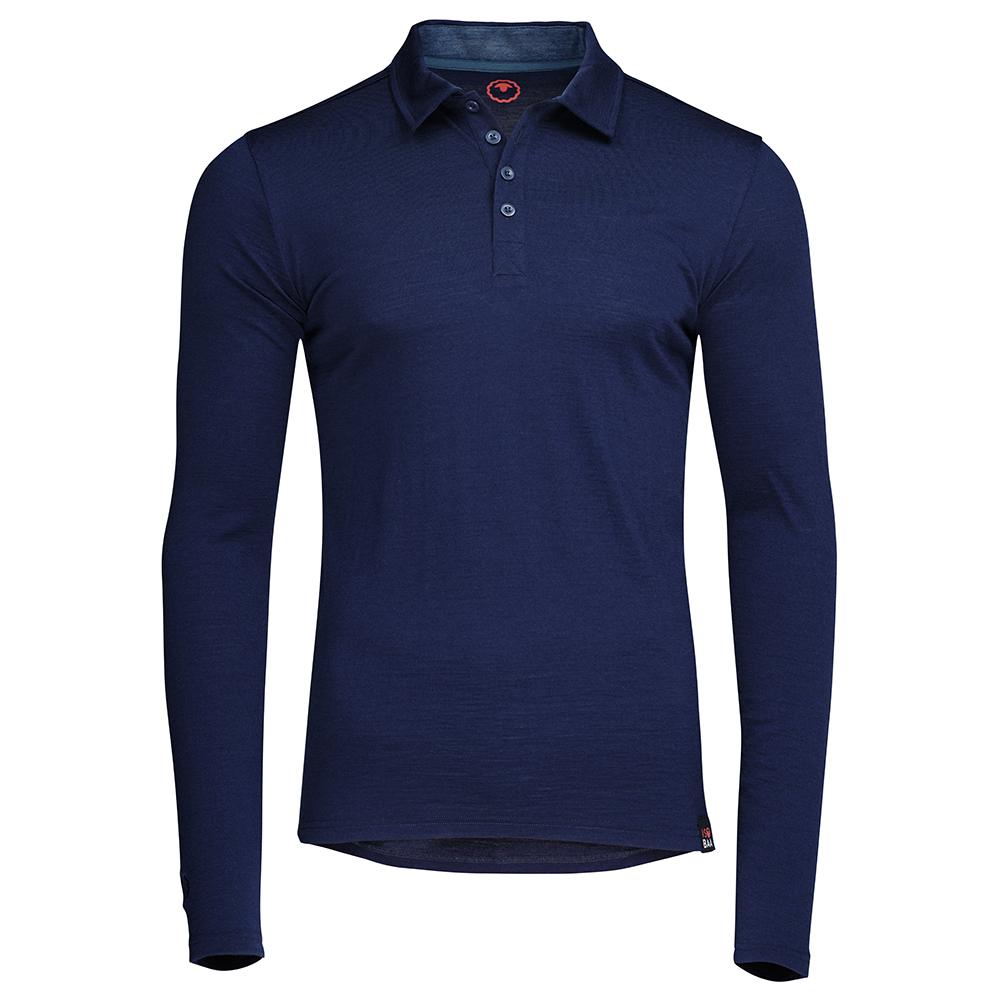

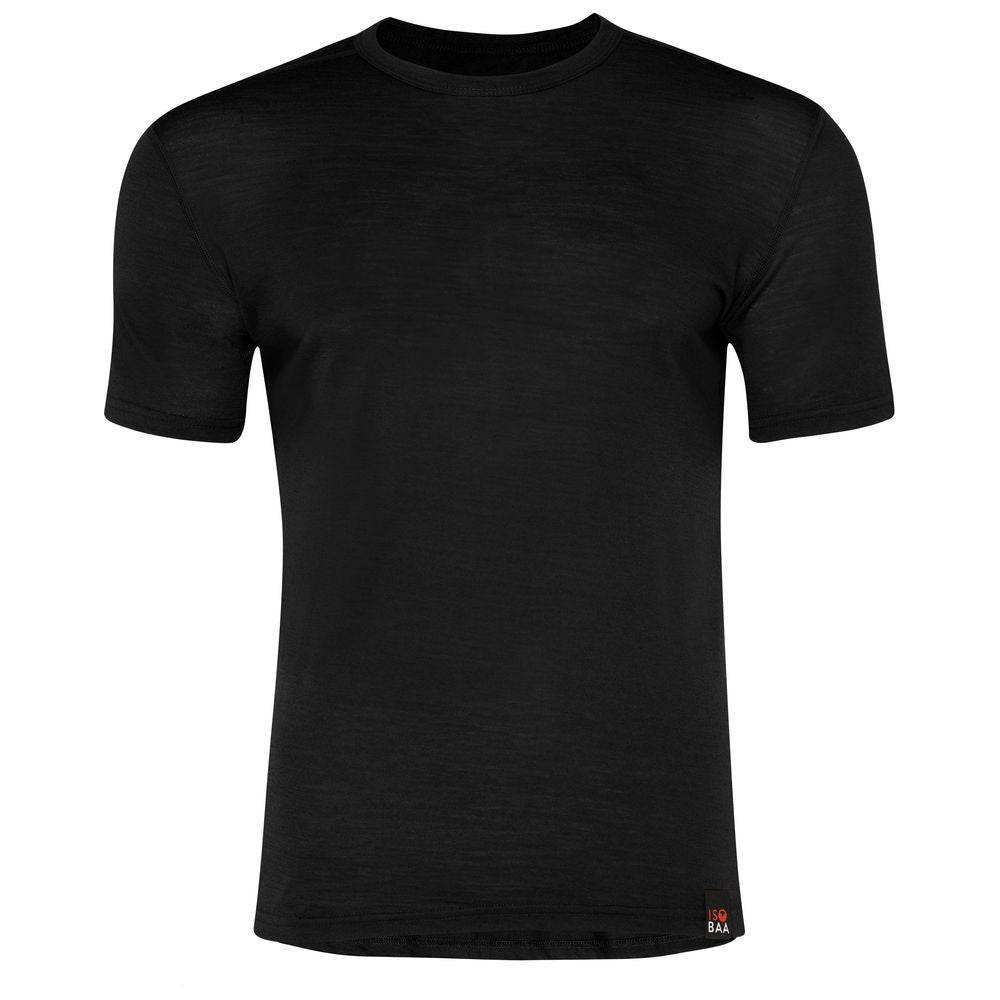

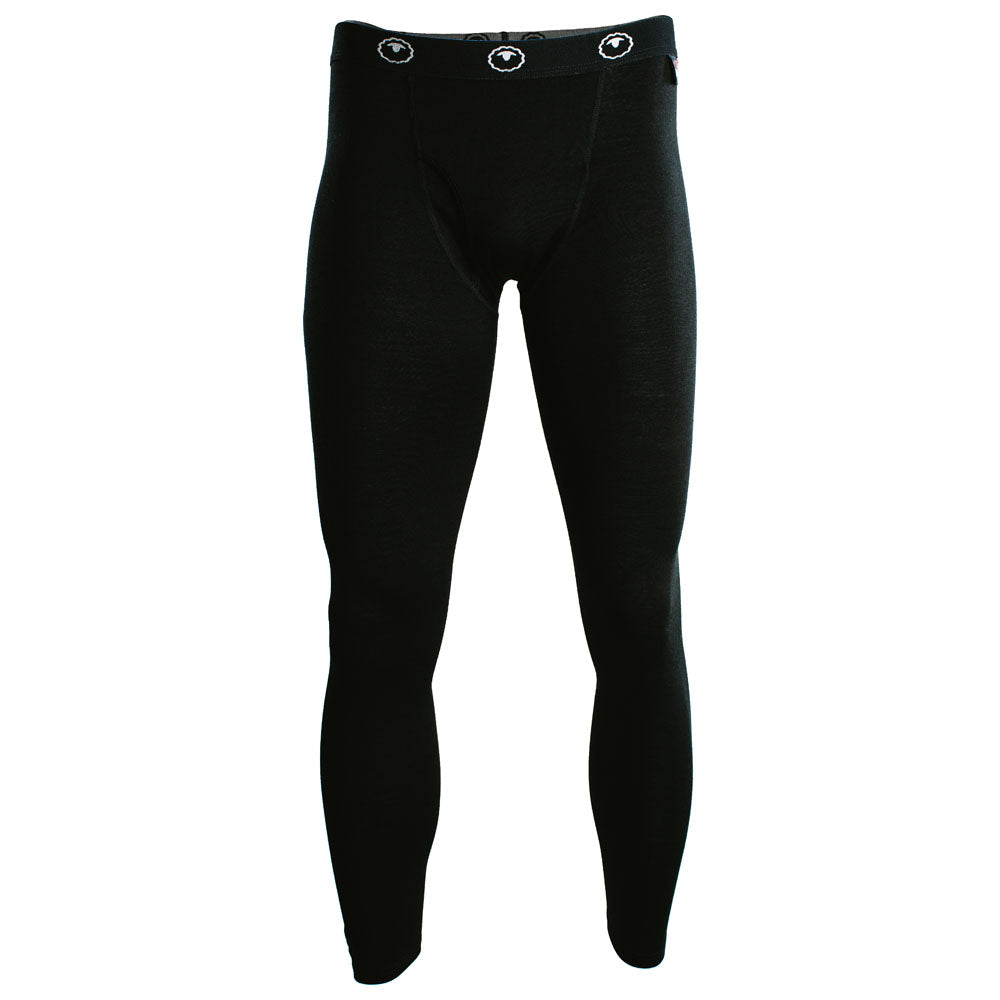

Leave a comment
This site is protected by hCaptcha and the hCaptcha Privacy Policy and Terms of Service apply.